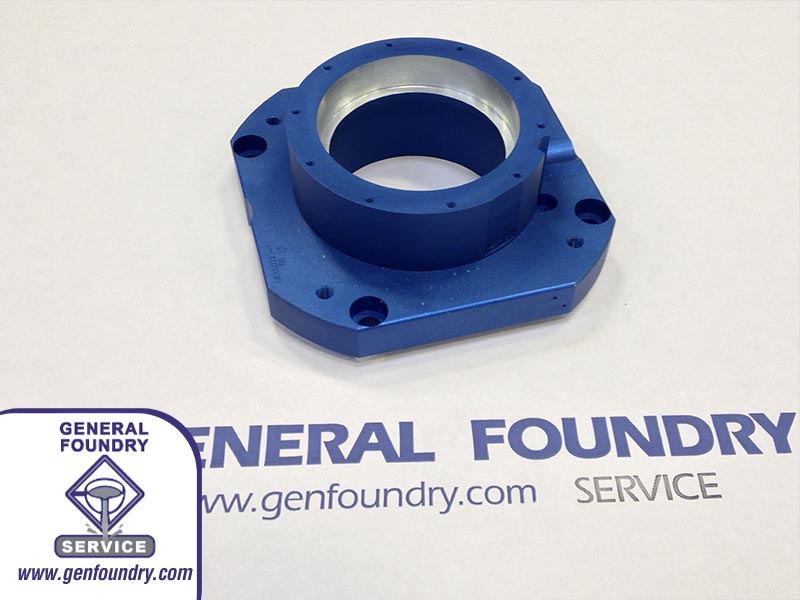
Metal casting is a foundational step in developing and producing semiconductor manufacturing equipment. At this stage, engineering teams face the challenge of balancing performance requirements, manufacturability, lead time, and overall cost. Decisions made during this phase can significantly influence downstream expenses and long-term product viability, especially for components used in high-purity and high-vacuum environments.
One of the most effective ways to reduce cost early is by incorporating design-for-manufacturing (DFM) principles during the initial engineering phase. Collaborating with a casting partner, like General Foundry Service, during design can help identify and eliminate unnecessary features such as complex undercuts, excessive wall thickness, or sharp internal corners. Optimizing part geometry for the casting process minimizes material waste, reduces or eliminates secondary machining, and results in faster, more economical production cycles.
Another critical cost-reduction strategy is choosing the most appropriate metal casting process for a given part. Semiconductor equipment components vary widely in geometry, finish requirements, and mechanical demands. Access to multiple casting methods, such as green sand casting, permanent mold, no-bake (air-set), rubber plaster mold (RPM), and investment casting, allows the process to be matched to the specific technical needs and production volume of the part. For example, investment casting may provide the best precision and surface finish balance for smaller, complex parts. In contrast, permanent mold casting may offer lower per-unit cost for high-volume production with repeatable accuracy.
Reducing lead time without compromising quality is also essential. Projects can benefit from working with foundries that offer in-house tooling design, secondary CNC machining, and pattern-making capabilities. This eliminates the delays and communication challenges associated with outsourcing. For short-run production or prototyping, the use of 3D-printed or CNC-machined patterns enables rapid iteration and early design validation, ultimately reducing the risk of costly tooling changes after production has begun.
Material selection plays a key role in both performance and cost control. Components used in vacuum and cleanroom environments often require aluminum or zinc-aluminum alloys due to their corrosion resistance, thermal stability, and clean finish potential. Working with a foundry that has experience casting these alloys to meet Class 100 or ISO cleanliness standards, and vacuum-grade porosity limits, can ensure compliance while avoiding costly rework or part rejection.
Finally, utilizing a vertically integrated casting partner can streamline the entire process. When engineering support, pattern making, machining, quality control, and post-processing are housed under one roof, it reduces the risk of miscommunication, accelerates turnaround times, and lowers overhead. This integrated approach gives engineering and procurement teams a clearer view of total cost, production status, and quality metrics throughout the lifecycle of each part.
Reducing casting costs in semiconductor equipment manufacturing requires more than just quoting the lowest price. It demands a strategic, engineering-focused approach that considers process selection, design optimization, material suitability, and supplier capabilities. Foundries like General Foundry Service, which offer technical collaboration and a full range of casting solutions, can play a key role in helping companies meet demanding specifications while controlling cost, mitigating risk, and shortening time to market.
How can General Foundry Service help you?
With over 80 years of casting experience in various critical industries, General Foundry provides you with “get it right the first time” quality and a customer-focused approach to each project. We offer best-in-class turnkey solutions with multiple processes and alloy options to meet your component needs. Contact us today for more information or to get started on your next project.

